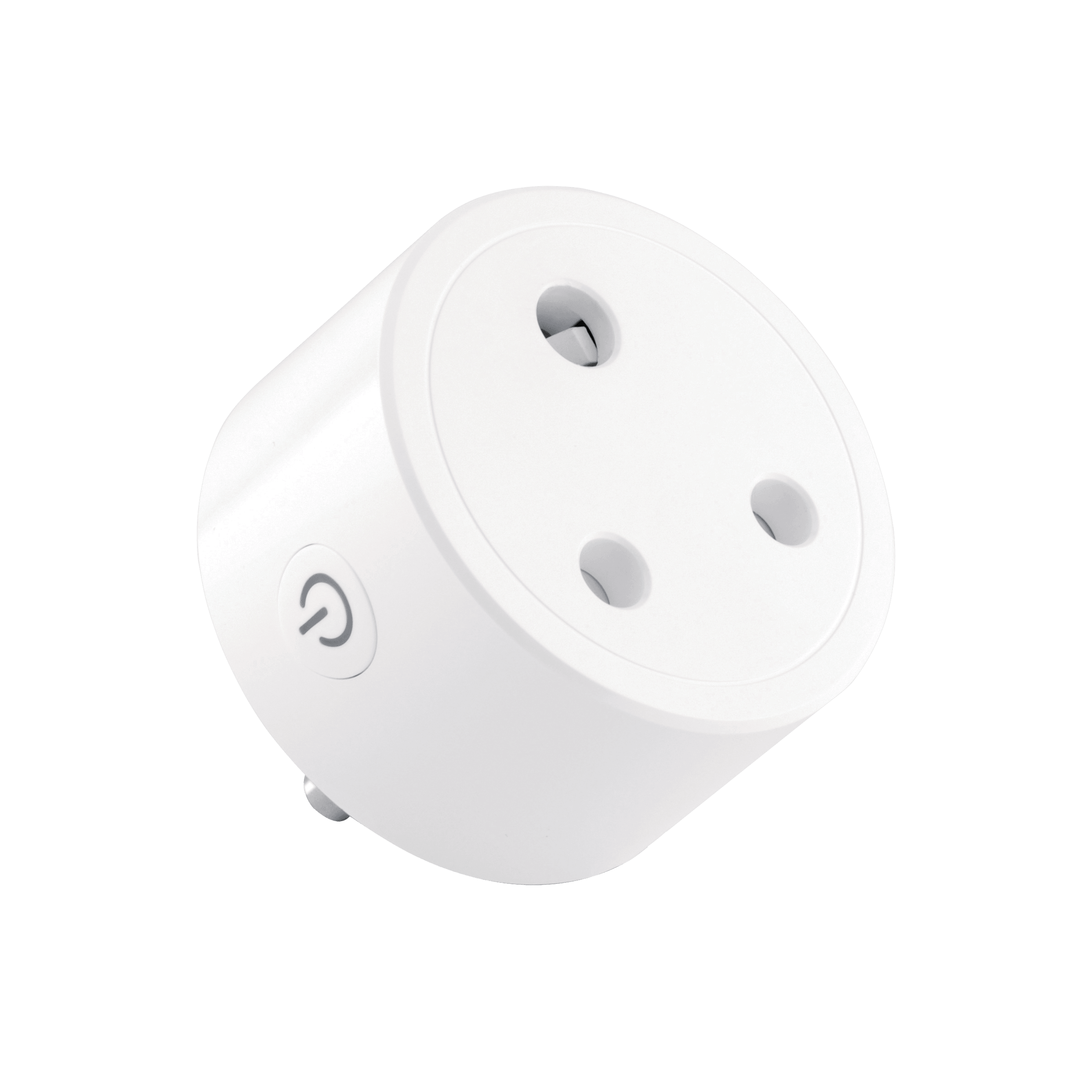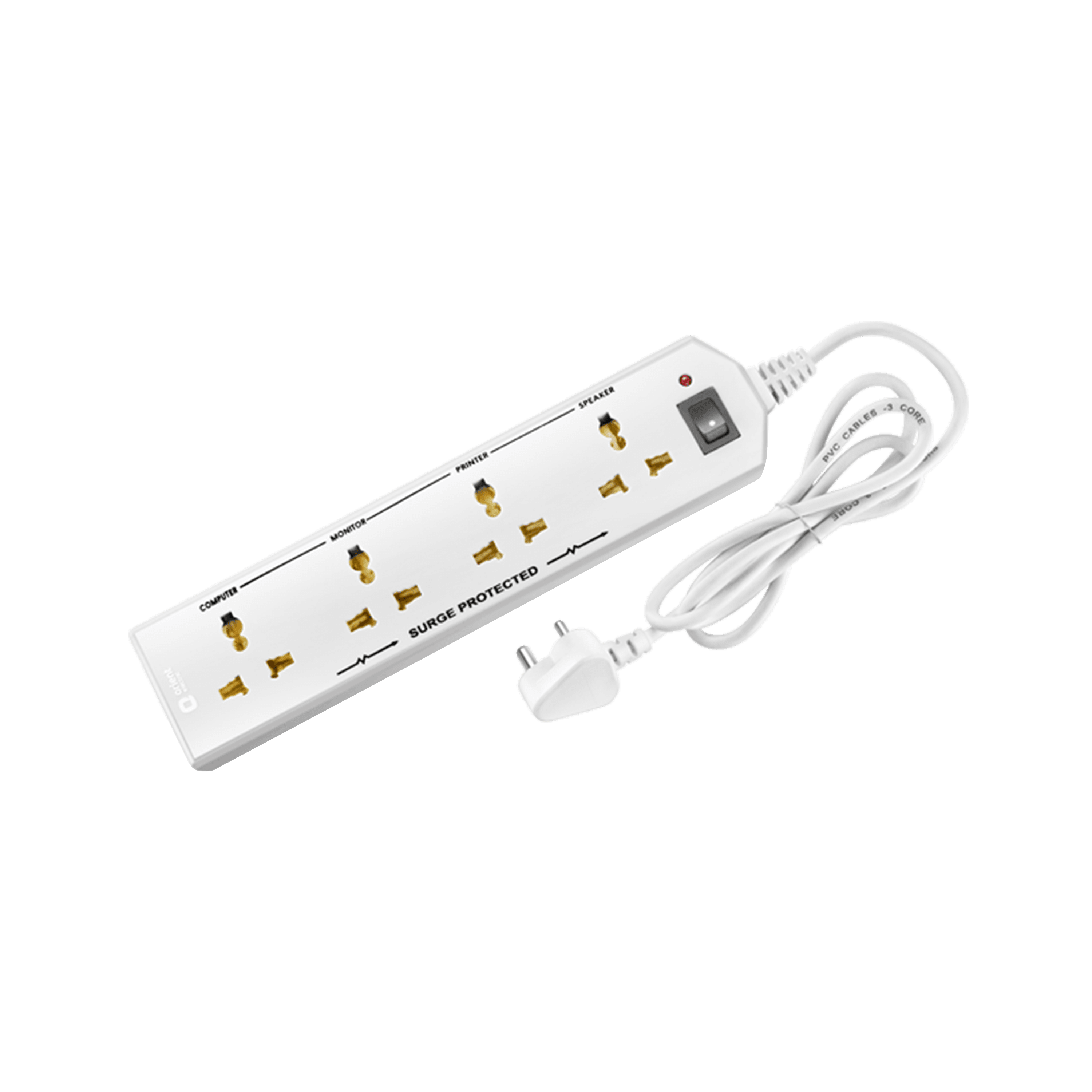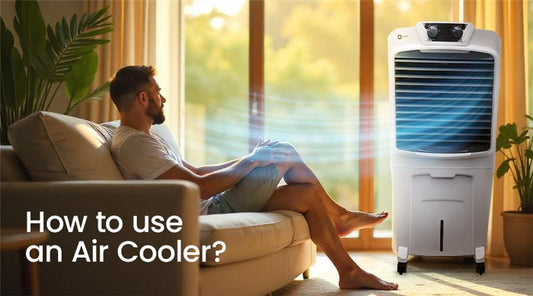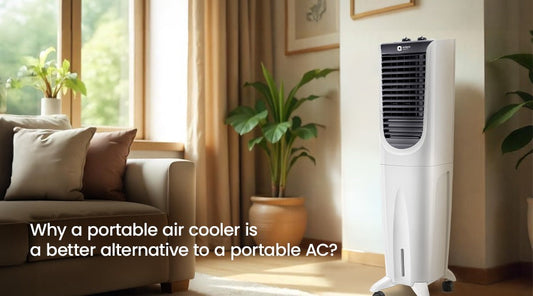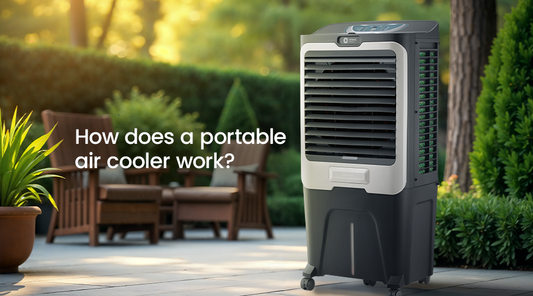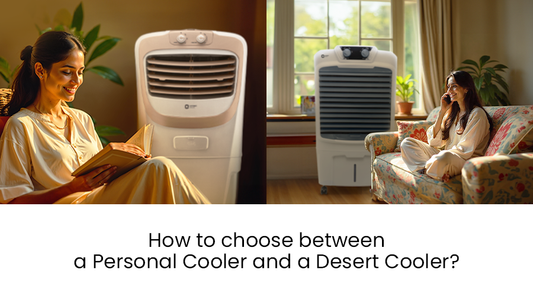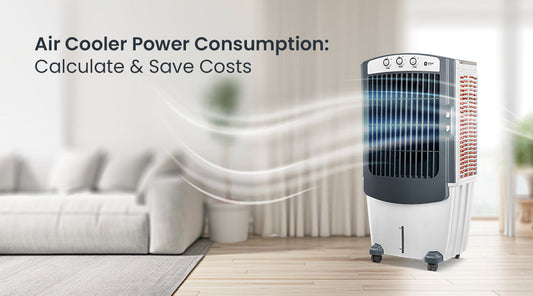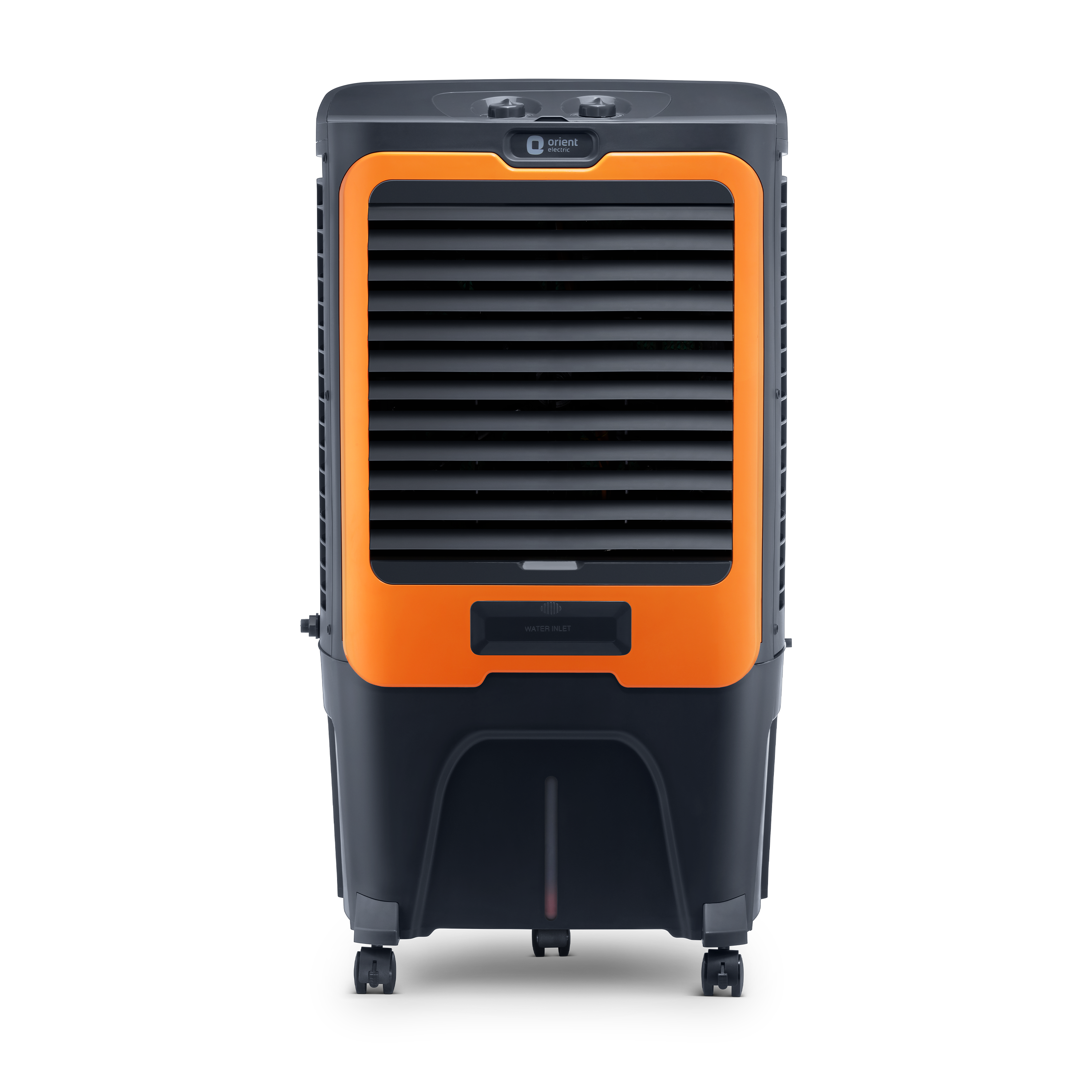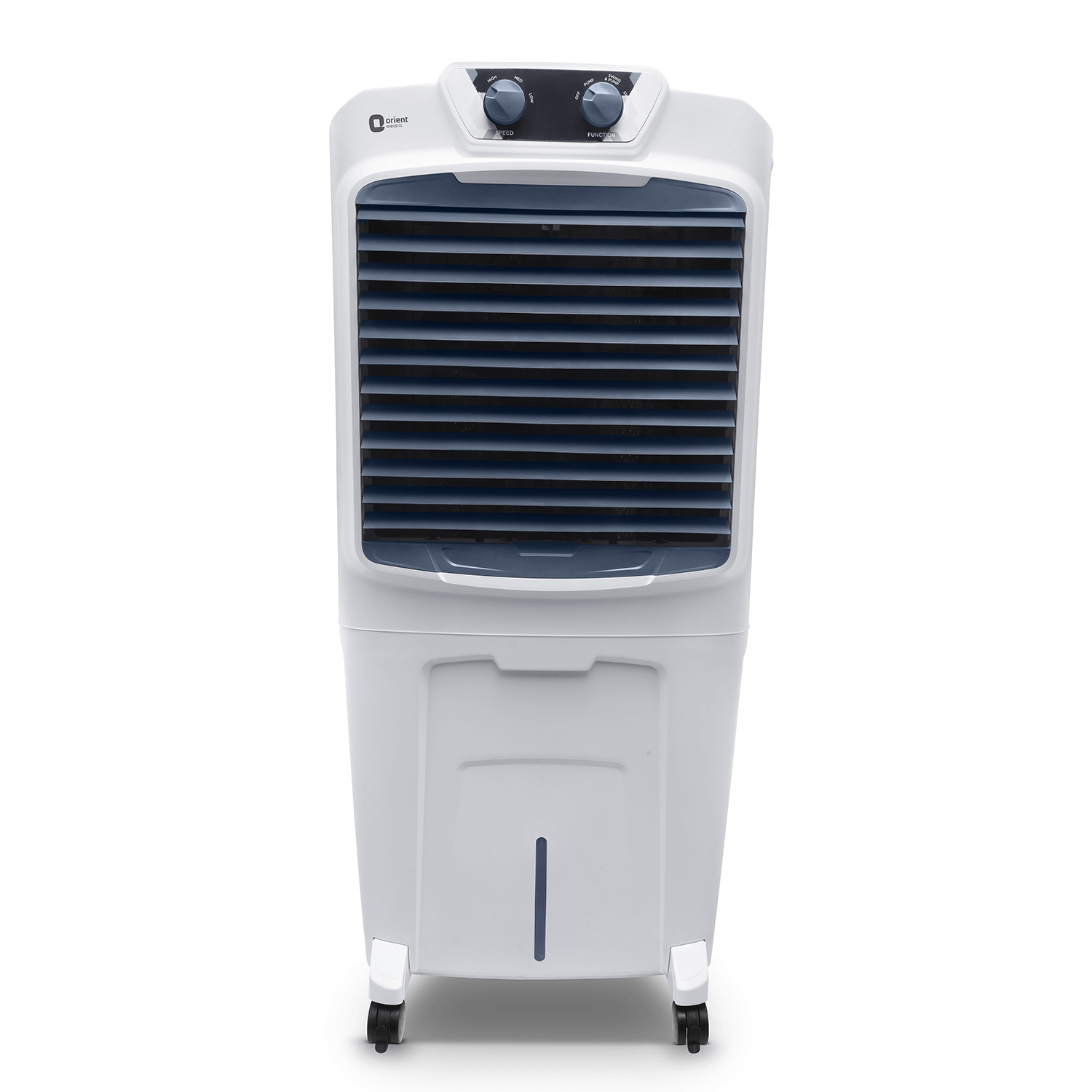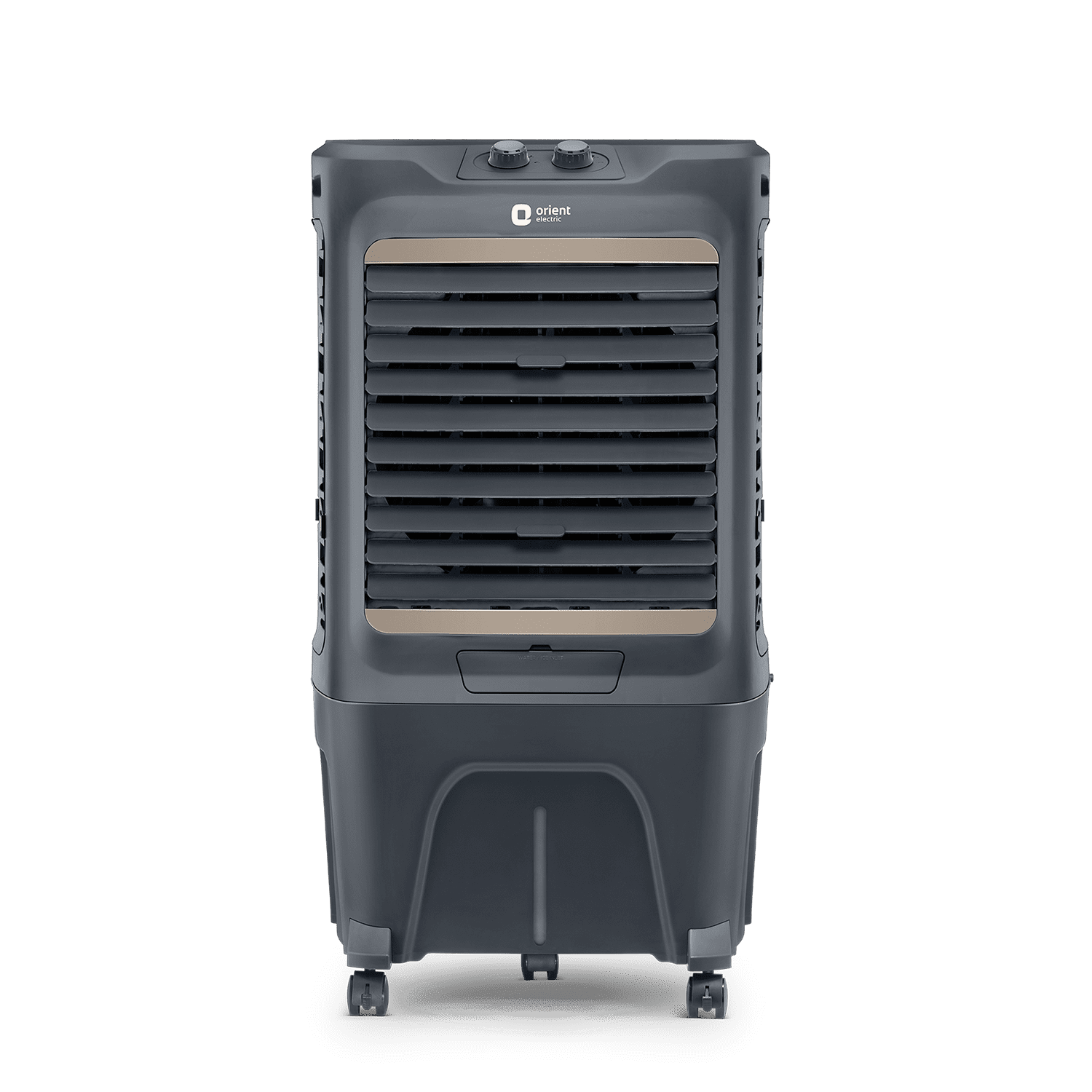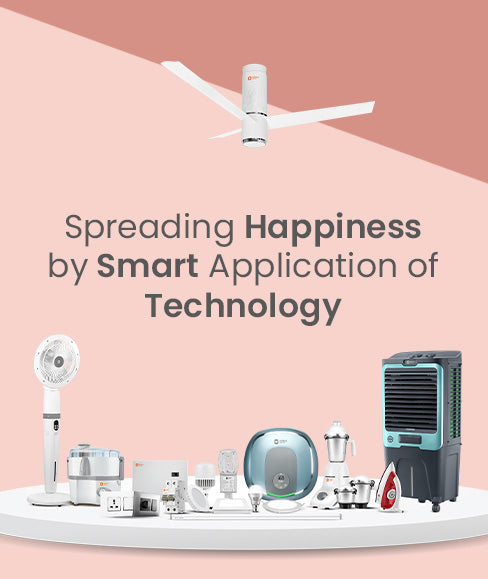
Why Does a Desert Cooler Work Better on a Hot Day?

When summer temperatures soar, many households turn to air coolers for relief. But have you noticed that desert coolers work particularly well on extremely hot days? This isn’t just your imagination—it’s basic science. Let’s dive into why desert coolers perform best in hot and dry weather, and how you can make the most of them.
What Is a Desert Cooler & How Does It Work?
A desert cooler, also known as an evaporative air cooler, uses the natural process of evaporation to cool hot air.
Here’s how it works:
- Hot air is drawn into the cooler.
- The air passes through water-saturated cooling pads.
- As the hot air moves through the pads, the water evaporates, removing heat from the air.
- The now cool, moist air is blown into the room by a fan.
This method mimics the feeling of coolness you get near a waterfall or after a light water spray on a dry day.
Why Desert Coolers Work Best on Hot Days
The effectiveness of an evaporative cooler depends on the rate of evaporation. And here’s the key:
● Hot + Dry air = Faster evaporation = More cooling
When the air is hot and low in humidity (i.e., dry), water evaporates rapidly, cooling the air more efficiently. That’s why on scorching dry days, a desert cooler feels significantly more effective.
In contrast, when humidity is high (like during the monsoon), the air already holds a lot of moisture, so evaporation slows down, reducing the cooling effect.
Ideal Conditions for Desert Coolers
Desert coolers are ideal for:
● Hot and dry climates (e.g., Delhi, Rajasthan, Punjab, Madhya Pradesh)
● Open or semi-ventilated spaces
● Areas where humidity is consistently low
They're especially suitable for North and Central India during peak summer (April–June), when air is dry and temperatures range between 38°C to 48°C.
Why Choose Desert Coolers Over ACs in Hot Weather?
| Feature | Desert Cooler | Air Conditioner |
|---|---|---|
| Power Consumption | Very low | High |
| Room Requirements | Works with open windows | Requires closed room |
| Environmental Impact | Eco-friendly (no refrigerants) | Uses harmful refrigerants |
| Fresh Air Circulation | Yes | Recirculates same air |
| Initial Cost | Affordable | Expensive |
Desert coolers are cost-effective, eco-friendly, and perform especially well in dry heat—making them ideal for Indian summers.
Tips to Maximize Cooling from Your Desert Cooler
-
Place it near a window
This allows the cooler to pull in fresh hot air, which is essential for effective evaporation.
-
Ensure cross ventilation
Leave another window or door slightly open so moist air exits and is replaced by dry air.
-
Keep water tank full
Continuous water supply is key to consistent evaporation.
-
Clean the cooling pads regularly
Dusty or clogged pads reduce efficiency and airflow.
-
Use ice occasionally
Adding ice to the water tank can boost cooling temporarily, especially during extreme heat waves.
Final Thoughts
So, why does a desert cooler work better on a hot day?
Because it leverages the science of evaporation, which is most effective when the air is hot and dry. The hotter the air, the more moisture it can absorb—and the more heat gets removed during the process.
If you're living in a dry region and still relying only on fans or expensive ACs, switching to a desert air cooler could be a game-changer for your comfort and your electricity bills.
Explore High-Performance Desert Coolers by Orient Electric
Looking for a powerful and durable desert cooler for your home?
● Orient Desert Coolers feature:
○ High air delivery for large spaces
○ Honeycomb cooling pads
○ Water-level indicator & large tanks
○ Inverter compatibility
○ Stylish & durable body
Beat the dry summer heat the smarter way — stay cool, save energy, and enjoy fresh air naturally.
